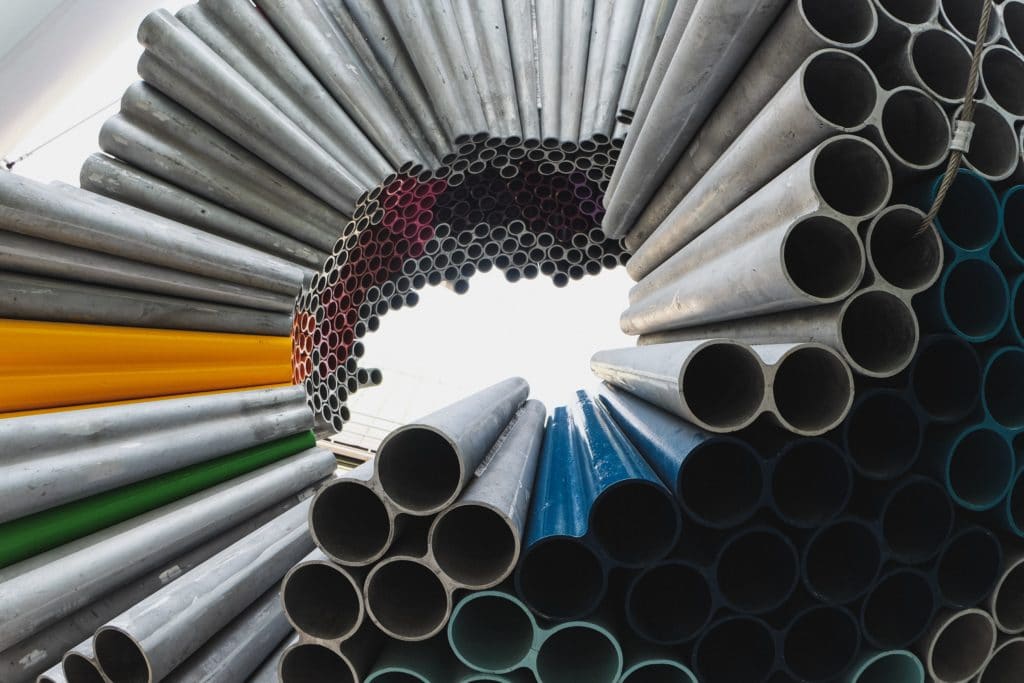Types of Steel And Their Differences
admin • May 4, 2021

Steel is one of the world’s most versatile metals. Much of this versatility comes from the way manufacturers add different metals to create a range of complex alloys. In this blog, we want to take a look at the four main types of steel and the applications they are suitable for:
Carbon steel, sometimes called mild steel, uses the base elements of carbon and iron. But the strength, corrosion resistance and appearance of the metal get manipulated by varying the amount of carbon used. The metal is available in three subtypes with low, medium and high carbon content. Low steel contains about 0.3% carbon, medium steel contains 0.6% carbon and high steel contains 1.5% carbon. Carbon steel has high tensile strength but it is more vulnerable to corrosion and is less ductile than other types of steel. As a result, it’s used to make cutting tools, kitchen utensils, springs and high-strength cables.
Alloy steel is standard crude steel modified with two or more other metals, including nickel, copper and aluminium. These metals help to increase the tensile strength of the alloy while improving corrosion resistance. The metal is popular because elements get combined in different ratios to create an alloy tailored to the needs of the final application. As a result, this high-performance alloy gets used to make everything from oil and gas pipelines to car parts and ship hulls.
Stainless steel is best known for its shiny polished appearance. This is the result of chromium added to the steel to improve corrosion resistance, but most stainless steel also contains trace amounts of nickel. Nickel improves the ductility of the metal, allowing it to be moulded into different shapes without losing strength. Popular applications include surgical instruments, medical equipment, cutlery and auto bodies.
Tool steel is the least known of the steel types, but that doesn’t make it any less important. The alloy is a combination of metals including cobalt, molybdenum and tungsten. This helps to improve hardness, heat resistance and durability.
As the name suggests, tool steel is popular for making tools such as hammers, saw blades, reamers and drill bits. The alloy is available in the following subtypes; cold work, hot work, plastic mould and shock resistance. Cold work is suitable for operations at room temperature. Hot work is suitable for operations at high temperatures. Plastic mould offers high wear resistance, making it suitable for etching, while shock-resistant steel offers resilience against shock at both high and low temperatures.
Australia is one of the world’s leading manufacturers of crude steel. The Australian Steel Association estimates that the industry is worth $28 bn a year. However, crude steel is rarely used in final products. It is usually transformed into one of the four above mentioned steel types before use. And it doesn’t stop there, the performance of each metal can be further manipulated by adding or removing elements. As a result, there are more than 3,500 grades of steel available. This can make it difficult to choose steel with the right properties for your application.
But don’t worry, our experts at Sheetmetal Improvements & Design on the Gold Coast are available to provide support if you need it. Don’t hesitate to get in touch today to discuss your project needs in more detail.
ABN: 26 699 030 510
Australian Industry Standard Certification Compliance
ABN: 26 699 030 510
Australian Industry Standard Certification Compliance